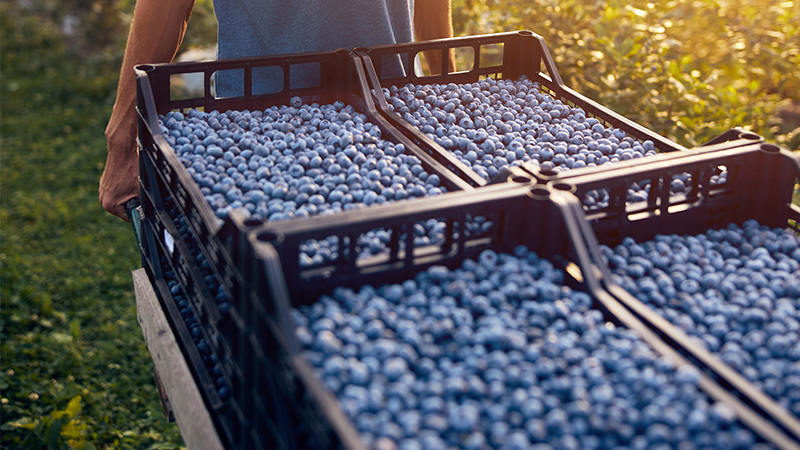Interest in advanced citrus production systems (ACPS) has increased in the past several years. ACPS involves use of high-density plantings, intensive fertigation, and appropriate rootstocks to produce compact trees. ACPS uses the open hydroponics system that employs frequent, short fertigation, and multiple irrigation pulses on a daily basis.
Open hydroponics was pioneered in Spain and is now commonly used in citrus groves in arid climates including South Africa and Australia. The goal of ACPS is to promote early rapid tree growth to bring a grove into production sooner. In this way, growers can improve water and nutrient use efficiency and get economic returns sooner. Another important advantage of ACPS is if trees have to be removed because of greening, the remaining trees in the high-density planting can potentially fill in the spaces left by the removed trees.
Dr. Arnold Schumann, UF/IFAS scientist at the Citrus Research and Education Center, has been studying ACPS for several years. He has established an ACPS research planting on the ridge near Auburndale in cooperation with John Strang of Gapway Grove Corp. Ongoing research has shown ACPS can be successfully practiced in humid, rainy Florida. Trees in this study are roughly 2½ years old now, and the drip fertigated ACPS trees are performing significantly better than the conventionally irrigated treatment. Dr. Schumann has reported on his ACPS results in the proceedings of the Florida State Horticultural Society, several citrus magazines, and at
www.crec.ifas.ufl.edu.
First Person Accounts
At the Citrus Expo in August, Strang and Joby Sherrod of Duda gave a grower’s perspective on ACPS. They reiterated many of the points made at earlier meetings by Dr. Schumann. Both speakers were very positive on ACPS and indicated that it worked well for them. Both were impressed with the very dense root system under the drip emitters and the fact they could grow trees rapidly with noticeably less water and fertilizer. The high root density or pads help contribute to improved water and nitrogen use efficiency of the ACPS compared to the conventional system. Strang pointed out there was increased insect pressure because of the more rapid growth and frequent leaf flush. He also mentioned that good weed control was needed. With the greater citrus root growth, the frequent fertigation led to increased weed growth at the drippers. In addition to irrigating with the drip system, he used a microsprinkler system for frost protection.
Flexibility Necessary
New California Citrus Breeding Program on the Grow With Funding
Growers are particularly adept at modifying and improving systems to fit their situation. For example, it has generally been felt it was necessary to have different fertilizer elements in two separate tanks because of potential problems with precipitation. However, Sherrod was able to have his complete fertilizer mix in one tank, and he has had no precipitation problems. While others have felt it was necessary to have fertilizer injected with every irrigation pulse, he has been successful using one day’s fertilizer requirement in the first pulse followed by a second and third pulse of water with no fertilizer.
Both growers feel that many questions have been answered, but new questions keep coming up. For example, some have asked if, given the small root pads at the drippers, will the trees blow over in a strong storm? This is probably unlikely, but a point of interest. Others asked if drip fertigation is adequate for mature trees, or is some dry fertilizer needed? Also, can the drip system provide adequate water to a mature tree? (In my opinion, if there are at least four drippers per tree, with careful management and frequent pulses, one should be able to meet the transpiration water needs of mature trees in a high density ACPS system.)
Of course, the primary question is: Will it pay? Results look very promising at this point.
0
1
5
The Promise Of Advanced Production Systems
Dr. Larry Parsons is professor emeritus at the UF/IFAS Citrus Research and Education Center in Lake Alfred.
See all author stories here.









